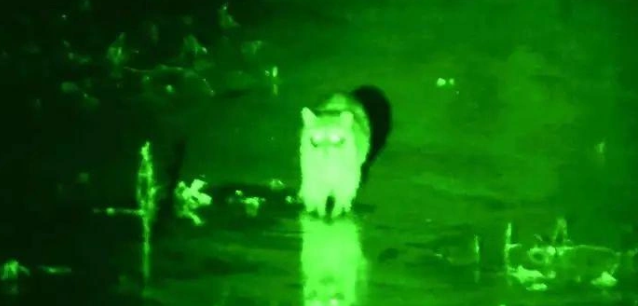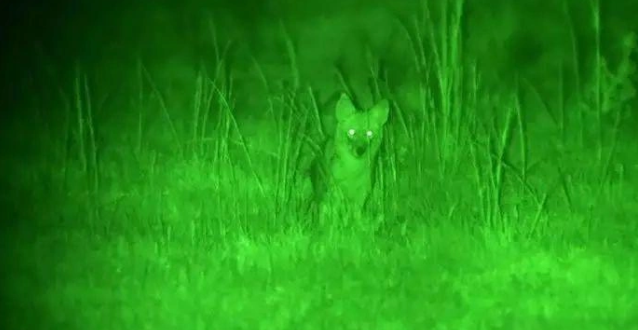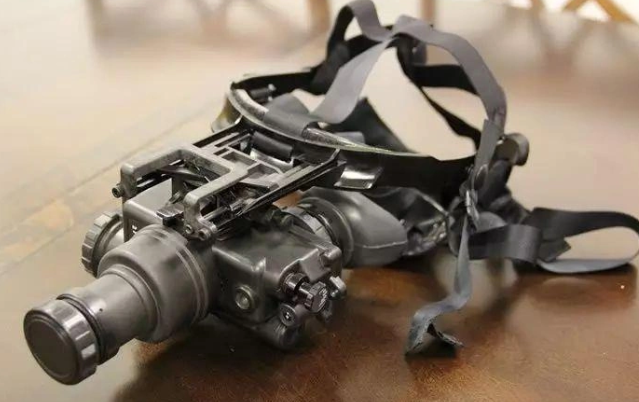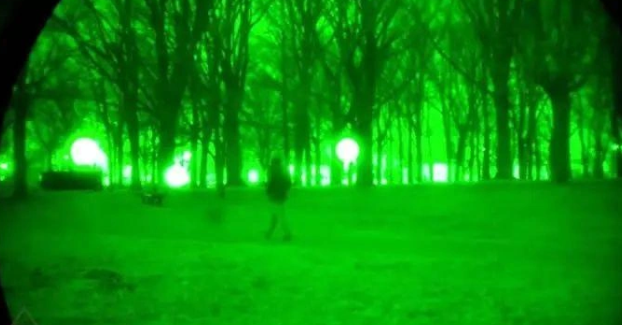From moonlight hunting to infrared tracking, night vision goggles make darkness the hunter's home turf. When choosing, keep an eye on the high resolution of 64-72 line pairs of millimeters, the recognition distance that matches the light intensity, the ergonomic design that fits the face, and the durability that is waterproof and drop-resistant - it is with these characteristics that the onick NVG-30 has become a precise hunting weapon in the battle to protect farmland where wild boars are rampant, but remember that strong light and fog will shorten the life of precision vacuum tubes.
1. Application of night vision goggles in hunting
In recent years, night vision technology has made significant progress and its application scope is constantly expanding. In the past, night vision goggles were mainly used in the military field, but now the demand for night vision goggles in the civilian market is also growing. Although its price is still relatively high, it has dropped significantly compared to ten years ago, and the purchase channels are more diversified.
Today, night vision goggles have become an important consumption among hunters. Although many areas still prohibit night hunting, many prey such as foxes and predators are allowed to be hunted at night in many places. For example, wild boars, which reproduce rapidly and cause serious damage to crops, have become one of the main targets of night hunting.
The nocturnal activities of animals such as wild boars make them targets for hunters to hunt at night. Hunters use night vision goggles to observe and identify the location and movements of these prey in low light conditions, so as to hunt accurately.
2. Core parameters of night vision goggles
The core concept of night vision goggles is to enhance light, thereby providing clear visual effects in low light environments. However, night vision goggles will not work in completely dark and lightless spaces. The "weak light" mentioned here may come from moonlight or active infrared light. When choosing night vision goggles, the following five key parameters should be considered. In low light conditions, the clarity of night vision goggles is particularly important. It directly determines whether the user can clearly see the target in the dark, so as to make accurate judgments and actions. Therefore, when choosing, be sure to pay attention to the clarity parameters of night vision goggles to ensure that they meet your needs.

In hunting activities, the resolution of optical devices is particularly critical because it directly determines the results of hunting. Usually, the resolution of night vision scopes is measured in "line pairs/mm" (LP/MM), and the higher the value, the higher the clarity. Take the NVG-30, a high-performance night vision device, for example. Its resolution is as high as 64-72 lp/mm, providing users with excellent clarity.
In the hunting process, it is crucial to accurately identify targets at a long distance. The recognition distance of a night vision scope, that is, how far the device can clearly identify the target, is a key indicator. Different models of night vision scopes will vary in recognition distance, which is mainly affected by device performance, environmental conditions and user experience. For example, the NVG-30 night vision device performs well in clarity and its recognition distance is relatively long, providing hunters with more room for operation. It is crucial to master the recognition distance of night vision devices because it is not like a rifle scope that allows you to see clearly from thousands of meters away. In fact, the recognition distance of night vision devices is often proportional to the intensity of the light output.
Ergonomics is the science of studying the interaction between humans and machines. Its goal is to make machines more in line with human physiological and psychological characteristics and improve the comfort and efficiency of use. Ergonomics also plays an important role in the design of night vision goggles. Through reasonable ergonomic design, night vision goggles can be more suitable for the needs of the wearer, ensuring that the wearer can use the night vision goggles comfortably for observation and identification in various environments. This design not only improves the wearer's experience, but also helps to improve the overall performance of the night vision goggles.

As a precision optical instrument, the durability of night vision goggles is crucial. In environments such as jungle hunting, night vision goggles need to withstand the test of various complex conditions, such as bad weather and severe vibrations. Therefore, choosing a durable night vision goggles can ensure that its performance and accuracy are maintained during long-term use, providing stable support for hunting activities.
When buying night vision goggles, we often have to pay thousands of dollars, so its durability becomes our primary consideration. However, every night vision device has its inherent limitations, so when purchasing, we must carefully examine key indicators such as its waterproof performance, the range of recoil it can withstand, battery life, and the ruggedness of the battery (some small and sensitive batteries may be easily damaged). These factors will directly affect our hunting results.

Infrared illumination is one of the key components of night vision devices, which is responsible for providing necessary illumination in low-light environments. However, the effect of infrared illumination is affected by many factors, including its power, wavelength, and compatibility with night vision devices. When purchasing, we need to carefully consider these factors to ensure that infrared illumination can effectively enhance our night vision capabilities.

However, night vision devices also have some shortcomings. One of them is the problem of reflection, which affects the observation of long-distance targets. The reflection phenomenon is more obvious in weather conditions such as rain or fog. In addition, small water droplets in dew will also produce reflections, especially in moonlight, which often interferes with hunters' vision and makes it difficult for them to clearly distinguish prey in the woods.


